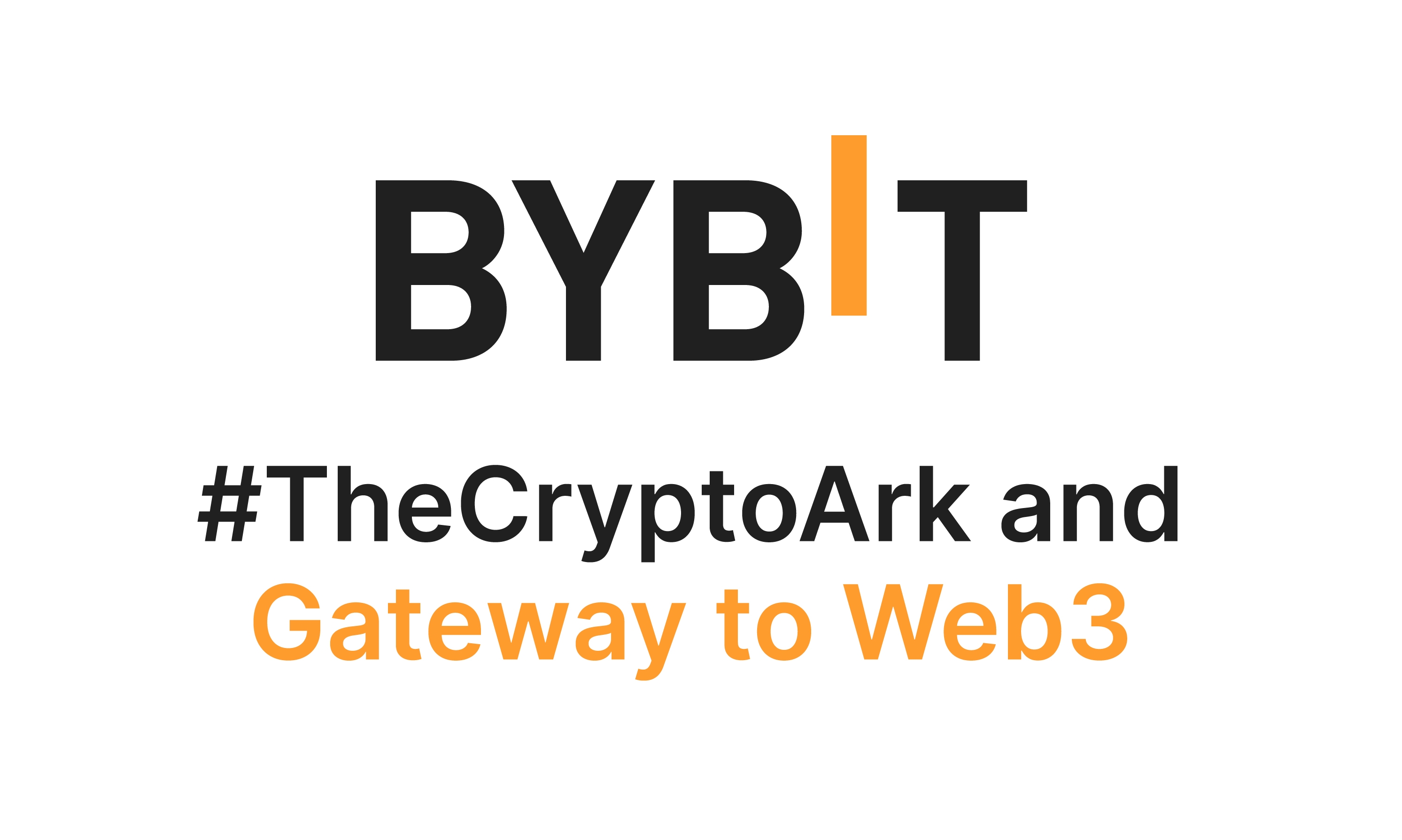Okay, so check this out—I’ve been poking around the edges of three very different crypto corners lately: perpetual futures, NFT marketplaces, and yield farming. Wow! They look unrelated on the surface. But they slam into each other in ways that matter for traders who use centralized platforms. My first impression was simple: these are separate skill sets. Initially I thought you’d need to be three different people to play all three. Actually, wait—let me rephrase that: you need different mental models, but the tradecraft overlaps more than you’d expect.
Whoa! Futures feel mechanical. They reward timing and risk management. Medium-term swings and leverage are the name of the game. Longer-term, NFTs ask for cultural context and collector instinct. Yield farming, though—it’s more like institutional engineering, where you engineer exposures across protocols. Seriously? Yep. My instinct said they should stay siloed, but on one hand they don’t, and on the other hand they absolutely influence each other—especially when everything routes through a centralized exchange with margin, custody, and token listings.
Let’s break it down in usable chunks. Short bursts first, then practical takeaways you can use whether you’re margining futures or minting an NFT. Here’s what bugs me about a lot of advice out there: it treats crypto silos like silos. That’s not how liquidity flows in the wild.

Futures Trading: The backbone, but not the whole story
Futures trading on centralized exchanges can be surgical. You get order books, leverage, and derivatives functionality that screams efficiency. Really? Yep. But margin is a double-edged sword. Use too much, and a market microstructure event (liquidations cascade) will eat you. Use too little, and you burn opportunity cost. Trade execution, funding rates, and position sizing dominate outcomes.
On a deeper level, futures price action informs token sentiment. If perpetual funding is persistently positive for longs, that whispers «crowded long» and raises the odds of a squeeze. Conversely, if funding swings negative, hedgers are protecting downside. These signals aren’t perfect. They’re noisy, though they’re valuable if you read them with context—order flow, exchange liquidity, and macro risk all matter.
I’m biased, but I watch funding rates as a second heartbeat. Somethin’ about that spread between spot and perp tells me who’s nervous. Traders on centralized platforms should use exchange-native tools—APIs, TWAP/BBO algos, and risk dashboards—because centralized custody changes the game: instant settlement (relative), easy leverage, and quick access to token listings.
NFT Marketplace: Cultural alpha and hidden liquidity
NFTs feel like art and market at once. Hmm… the emotional language around them masks the tradable mechanics underneath. A hot collection can bootstrap token flows, attract yield farmers, and create synthetic exposures. On the other hand, illiquid floor prices make them fragile as collateral. I’ll be honest: I’ve watched collections pop based on a single influencer’s tweet. That part bugs me—and also fascinates me.
When NFTs intersect with centralized trading, two things happen. First, they create narrative-driven inflows into associated tokens (governance or utility tokens). Second, marketplaces and custodial exchanges eventually build wrapped or tokenized versions of NFT exposure that can be traded in more traditional ways. That’s where traders need to pay attention: the transition from cultural asset to tradable derivative is often the moment liquidity arrives—and also the moment volatility spikes.
(Oh, and by the way…) NFTs can be used as collateral in some platforms. That sounds clever until prices gap. Be careful. Don’t assume fractionalization equals stability.
Yield Farming: Protocol-level leverage and rate chasing
Yield farming is complicated but simple at the same time. You move capital to capture rate differentials, liquidity mining incentives, and token emissions. Medium-term, you’re arbitraging protocol incentives; long-term, you’re betting on token sustainability. Initially I thought yield farming was just high APY clickbait, but then I saw how protocol treasury behavior and emissions schedules create persistent returns for smart allocators. On the other hand, those returns often collapse when token distribution overwhelms demand.
Risk here is protocol risk—smart contract vulnerabilities, governance attacks, and rug scenarios. Centralized exchanges mitigate some of this operational risk because they provide custody and audits, but they also centralize counterparty exposure. So when you route yield through an exchange, you’re shifting a different set of risks: exchange solvency, withdrawal halts, and internal risk controls.
Where the three collide — a trader’s playbook
Here’s the thing. Trades that start in one lane bleed into another. A leveraged futures squeeze can force liquidations that push the floor of NFT collections lower, which in turn affects token treasuries used in yield farms. Medium sentences help unpack that: funding-rate-driven deleveraging can cascade into asset sales across markets, and centralized exchanges often act as the plumbing that channels those flows.
Practically, build a mental map: score liquidity, collateral fragility, and systemic exposure. Start with liquidity—where can you exit quickly? Then collateral fragility—what assets are brittle if prices gap? Finally, systemic exposure—does any counterparty concentration exist? If so, reduce size. I’m not giving individualized financial advice here, just sharing frameworks that have helped me think clearer when markets get messy.
Trade ideas without being reckless: pair futures hedges with longer-term yield positions to manage carrying costs; treat NFTs as optional alpha rather than portfolio anchors; and use centralized exchange features (like isolated margin and transfer limits) to cordon risk. Honestly, that last point is underused—exchanges provide guardrails you can leverage.
Where to start if you trade on centralized platforms
If you’re using a centralized exchange, pick a platform that balances liquidity, derivatives functionality, and clear custody terms. For many traders, that means a blend of order book depth and programmable tools. I recommend checking out platforms that are transparent about fees, funding mechanics, and token listing policies. For example, when I compared order flow and tooling, the resources at bybit crypto currency exchange stood out for derivative traders who wanted a solid mix of spot, margin, and futures access without jumping through hoops.
Keep a war chest in stablecoins for quick margin top-ups. Keep some allocation in non-correlated strategies (small). And finally, practice position sizing like your life depends on it—because in leveraged markets, it kinda does.
FAQ
How should I hedge an NFT position?
Short answer: you probably can’t hedge perfectly. Use correlated tokens or futures exposure to hedge macro risk, and keep NFT positions small relative to total portfolio. Consider insurance products where available. I’m not 100% sure about blanket solutions; each collection behaves differently, so tailor your approach.
Are yield farms compatible with leveraged trading?
They can be, but it’s complex. Yield farming gives yield; leverage magnifies P&L and liquidation risk. Combine them only if you understand the protocol incentives, token emission schedules, and your exchange’s margin mechanics. Start small and simulate worst-case scenarios.
What red flags should I watch for on centralized exchanges?
Withdrawal delays, sudden delisting notices, opaque funding-rate changes, and sharp shifts in order book depth. If somethin’ feels off—heavy spreads, lopsided flow—pause. Exchanges are tools, not guarantees.

